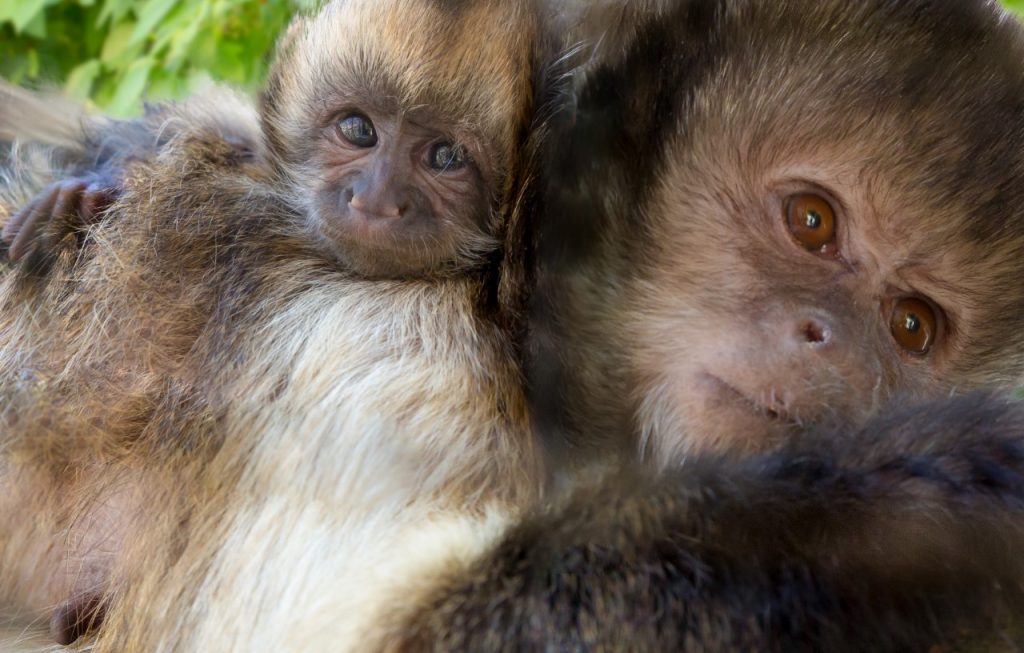Gut-loading tiny crickets, not just a smaller version of adult cricket gut-loading
Citation
Spence KJ, Snavely RM, Young AM, Barrett KC, Bronson E, and Huntley N. 2023. Gut-loading tiny crickets, not just a smaller version of adult cricket gut-loading. In Brooks M, Fidgett A, Kendrick E, Treiber K Eds. Proceedings of the Fifteenth Conference on Zoo and Wildlife Nutrition, Zoo and Wildlife Nutrition Foundation and AZA Nutrition Advisory Group, Hybrid.
Abstract
Phase one of this study suggested that standard 48-hour gut-loading may not be optimal for calcium provision in small cricket nymphs, so, the objective of this experiment was to examine the first 48 hours after the beginning of gut-loading. Four dietary treatments were compared in two experimental replications (n = 4/treatment/replication): Dietary treatments consisted of the Control (CON), which received only water, two commercially-available dry powder gut-loading diets with different formulations – Mazuri Hi Calcium Gut Loading Diet 5M38 (HICA) and Mazuri Better Bug Gut Loading Diet 5B45 (BB), and BB in a moist gel form (GEL). The ?” cricket nymphs were analyzed every 6 hours over a 48-hour period during gut-loading. All gut-loaded crickets had significantly higher calcium levels than CON throughout the 48 hours (P < 0.01). HICA and BB reached the highest calcium after 18 hours, while GEL peaked at 24 hours. Both powder diet groups had decreased levels of calcium after that point, whereas the GEL group mostly maintained its levels for the remainder of the 48-hour period. BB reached a 1:1 calcium-phosphorus ratio after 12 hours of gut loading and dropped below it by 24 hours, but GEL mostly maintained that ratio after 18 hours. Based on these results, cricket nymphs reach the maximum of calcium ingestion during gut-loading earlier than adult crickets. Compared to a powder diet, the gel diet also improved gut loading effectiveness and extended the duration of calcium fortification. This new information can be used when creating timelines for gut-loading and feeding cricket nymphs to insectivores under human care.
 31_Spence.pdf 36 KB
31_Spence.pdf 36 KB








